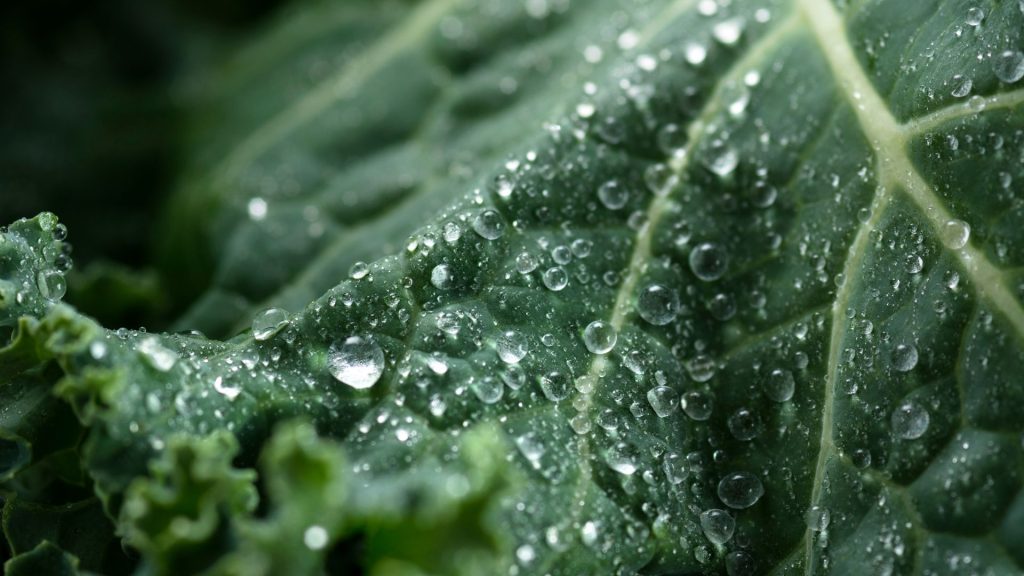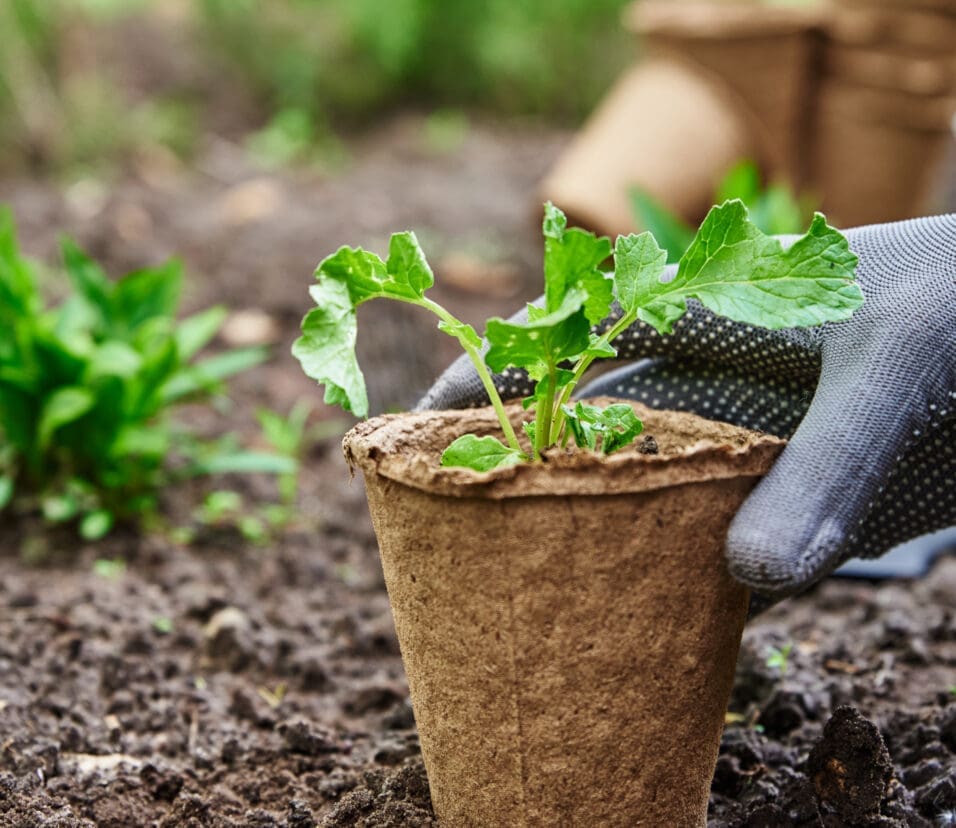Making the Switch to Organic Farming
The Caribbean is home to many thriving farming industries. In fact, agriculture is one of the mainstay industries in many of the countries.
One of the best decisions that any farmer can make is transitioning to organic farming. This type of farming is not only better for the environment but also produces higher quality fruits and vegetables. Let’s take a look at some of the steps which can be taken for transition.
- Farmers need to assess their current farming practices. This includes looking at the type of fertilisers and pesticides they are using as well as their irrigation systems. Once they have a good understanding of their current practices, farmers can start to make changes where needed.
- Even though finding alternatives to traditional pesticides and fertilisers can be sometimes challenging for farmers, there are still a number of companies that specialise in providing organic products for them. These products are often made from natural ingredients and are safer for both the environment and human health.
- Water conservation is also an important aspect of organic farming. Irrigation systems need to be designed in such a way where they use less water while still providing enough for the crops. There are a number of different irrigation system designs that can be used, therefore it’s important to do some research to find one that will work best for your farm.

What Crops are Best Suited for Organic Farming?
In the Caribbean, organic farming is indeed a great way to produce food while also being gentle on the environment. If you’re thinking of starting an organic farm, you might be wondering which crops will do well in the tropical climate. Here are ten that are sure to thrive:
- Cassava
Cassava is a versatile crop that can be used to make everything from flour to alcohol. It’s also drought tolerant and resistant to pests and diseases, making it a great option for organic farmers.
- Cocoa
Cocoa beans are the main ingredient in chocolate, and demand for the sweet treat is always high. Cocoa trees need a lot of shade and moisture to thrive, making them best suited for farms that are located in humid, forested areas.
- Coffee
Coffee is another crop that enjoys humid conditions and shade. It’s also quite labour intensive, as the coffee berries need to be hand-picked when they’re ripe. However, the end result is worth it – a delicious cup of coffee that all are sure to enjoy!
- Corn
Corn is a versatile crop which can be used for food, livestock feed, or even fuel. It’s also fairly easy to grow, as long as the space is adequate. One thing to keep in mind is that corn requires a lot of nitrogen, so make sure to add plenty of compost or manure to your soil before planting.
- Cotton
Cotton is most commonly used to make clothing, but it can also be used to make paper or oil based products like plastics. Cotton grows best in warm temperatures and needs little water or fertiliser to thrive. However, cotton plants are susceptible to pests and diseases, so regular monitoring is essential.
- Ginger
Ginger is a popular spice with many health benefits. It prefers humid conditions and grows best when planted in loose, well drained soil. Ginger does require some attention when it comes to harvesting and processing, but the end result is worth the effort.
- Papaya
Papayas are a type of fruit that grows in tropical climates like the Caribbean. They prefer humid conditions and need ample sunlight to produce sweet fruits. Papayas are relatively easy to care for, making them a good choice for farmers who are just starting out.
- Pineapple
Pineapples are fruits that thrive very well in warm climates. They need plenty of sunlight and well drained soil to grow, and they’re usually ready for harvesting within 18 months. Pineapples are quite easy to care for, although they can be susceptible to disease.
- Sweet potatoes
Sweet potatoes are a type of root vegetable that’s popular in many Caribbean dishes. They need well drained soil and plenty of sunshine or artificial light to grow, and they’re usually ready to be harvested within 4 – 5 months. Sweet potatoes are fairly easy to care for, although they too are susceptible to pests.
- Yams
Yams are another type of root vegetable that’s quite popular in the region. They need loose, well drained soil and plenty of sunshine or artificial light to grow, and they’re usually ready within 5 – 6 months. Yams are relatively easy to care for, making them a good choice for farmers who might not have a lot of experience.
These 10 crops are all great choices for organic farmers in the region thanks to their ability to thrive in the tropical climate without needing excessive amounts of water or fertiliser. While some crops like coffee and ginger may require more processing before they’re ready for sale, others like corn and cotton can be easily turned into products that are highly sought after by consumers. No matter what type of crop you choose for your farm, with a little hard work and dedication, you can succeed in this business.
The Benefits and Challenges of Transitioning
The transition to organic farming can bring many benefits, including improved soil health and water quality, reduced pollution, and greater biodiversity. However, it can also be challenging, requiring changes in farming practices and often resulting in lower yields in the first few years.
In the Caribbean region, where small scale farmers predominate, the challenges of transitioning to organic farming are compounded by a lack of technical expertise and financial resources. However, many farmers are finding that the long-term benefits of organic agriculture outweigh the challenges, providing a more sustainable way of producing food for their families and their community.
Organic farming is becoming increasingly popular as people become more concerned about the environment and their own health. Although farmers may face unique challenges when transitioning to this type of farming, it’s imperative to remember there are a number of steps that can be taken to successfully make the switch. With careful planning and execution, farmers can make a relatively smooth transition to providing higher quality, more sustainable products for their communities.







